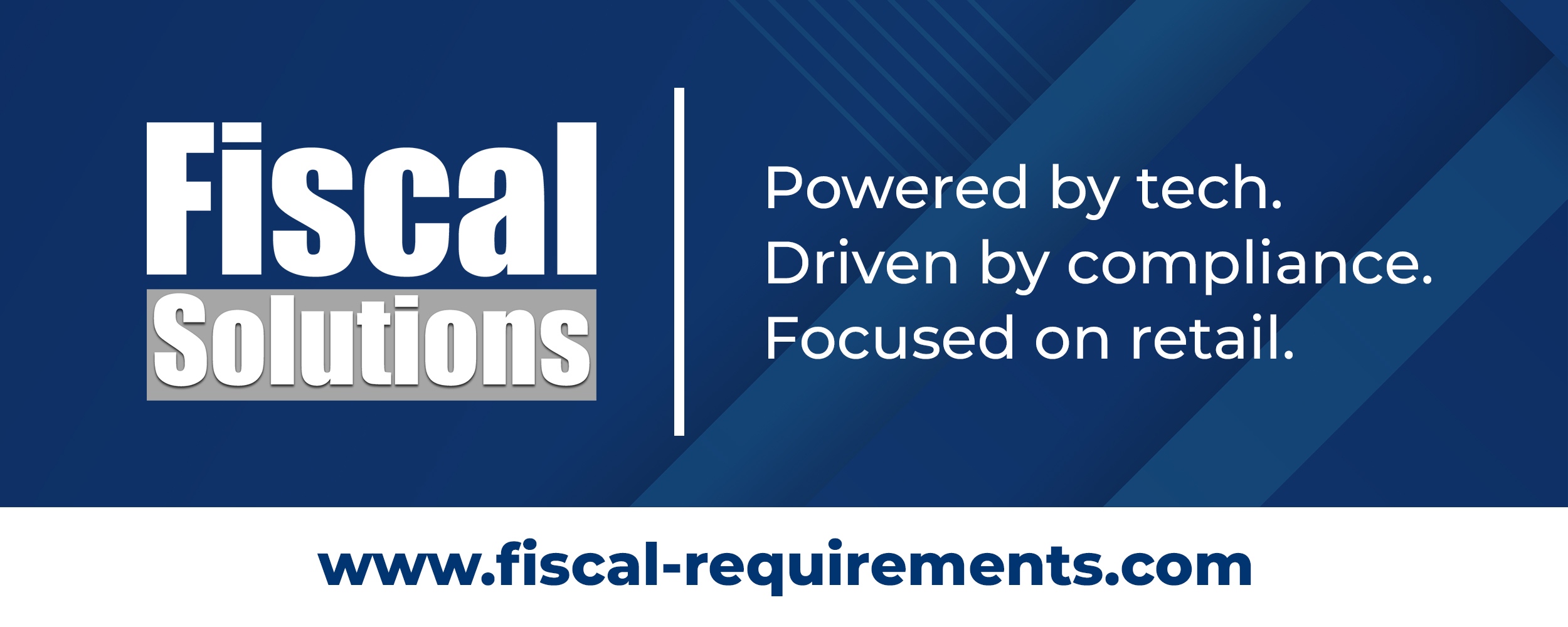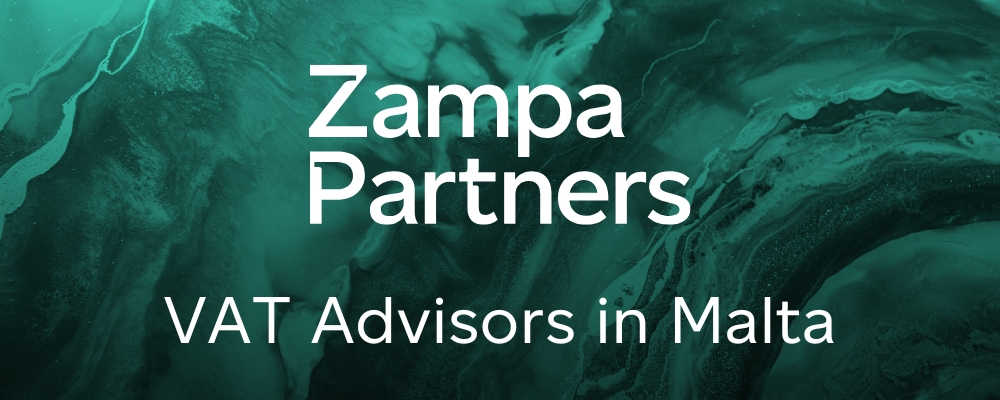The comments contained in this document are subject to public consultation from January 18, 2023 to April 15, 2023 inclusive to allow interested persons to send their possible comments to the administration. These comments must be made by email to the following address: [email protected] . Only signed contributions will be considered. As of this publication, you can take advantage of these comments until their possible revision at the end of the consultation.
Related news item : 01/18/2023: VAT – Public consultation – New rules for declaration and payment of import VAT (law n° 2019-1479 of December 28, 2019 of finance for 2020, art. 181)
1
The exit from a good of situations and customs regimes for the postponement of imports into mainland France is likely, in addition to the application of the customs rules governing this exit, to induce the following events:
- an import in the sense of value added (VAT). This occurs when the good has “non-Union” status and comes from territories outside the European customs territory or when it has “Union” status and comes from special tax territories (Guadeloupe, Martinique, Reunion or from other Member States of the European Union (EU);
Note: For definitions relating to territories, please refer to BOI-TVA-CHAMP-20-10 ; for those relating to importation as well as situations, statutes and customs procedures, please refer to BOI-TVA-CHAMP-10-30 .
- the payment of VAT for transactions carried out on the property and which has been suspended pursuant to article 277 A of the general tax code (CGI) ( BOI-TVA-CHAMP-40-10-10 ), when such operations have taken place. The chargeability of VAT on these operations is then concomitant with the exit, but the generating event is prior.
The same applies when a good leaves a situation or a system of postponement of imports in Guadeloupe, Martinique or Reunion, the importation being however constituted if the goods come from outside of this territory (metropolitan France, other overseas communities, foreign territories).
5
It is possible that neither of these two events occurs or that these two events occur simultaneously.
Example 1 : A good released for free circulation is placed in mainland France under a customs warehousing procedure, then leaves without any transaction subject to VAT having been carried out. There is then neither importation nor liability for VAT on leaving the suspension.
Example 2 : A good originating in Japan is placed on its arrival in the customs territory under a customs warehouse located in mainland France, where it is sold before being put into free circulation in mainland France. The exit, on the one hand, constitutes an import subject to VAT and, on the other hand, induces the payment of the VAT suspended on the sale. A mechanism for neutralizing one of the operations is then put in place ( § 7 ).
7
Under the terms of 2° of 4 of II of article 277 A of the CGI and 1° of II of article 291 of the CGI , when the two events occur, one of them is neutralized for the purposes of VAT. The neutralized event induces neither payment, nor identification ( CGI, art. 286 ter A, II-2° ), nor mention on the declaration of turnover ( CGI, art. 287, 6-a ). Only the obligations resulting from the event which is not neutralized apply, for the purposes of VAT.
When at least one suspended operation is a delivery, the import is neutralized.
Conversely, when the only operations subject to VAT suspension are services, only the importation induces obligations under VAT, the taking into account of the services being carried out via the taxable base of the importation ( BOI- VAT-BASE-10-20-60-10 ).
Note : In concrete terms, in both situations, the rules are similar subject to the calculation of the tax base.
8
The rules commented on in this document concern:
- the situations where, at the exit putting an end to the suspension of the tax, the import is neutralized, that is to say when at least one delivery has taken place under suspension of VAT on this good;
- situations where the exit ending the suspension does not constitute an importation within the meaning of VAT, including if no delivery of this good has taken place during the suspension ( § 5 of BOI-TVA-CHAMP-40-10-10 , note 1).
For the rules concerning situations where the output constitutes a non-neutralized import, please refer to the comments specific to this operation, in particular BOI-TVA-CHAMP-10-30 , BOI-TVA-CHAMP-20-65 , BOI -TVA-CHAMP-30-40 , BOI-TVA-BASE-10-20-60-10 , BOI-TVA-DED-40-10-30 and BOI-TVA-DECLA-10-20 .
I. Liability of the tax
10
On leaving the suspension, VAT becomes payable for all the operations for which it was suspended under the situation or the customs reporting regime in question, or previous situations or regimes, i.e. say :
- the tax payable for the intra-Community delivery or acquisition which had the direct and immediate effect of placing the property in suspension;
- the tax payable for the provision of services relating to the intra-Community delivery or acquisition which had the direct and immediate effect of placing the property in suspension;
- the tax payable for each of the deliveries of the goods made during the suspension;
- the tax payable for the provision of services which relate to the property leaving the regime and which have been carried out under this regime.
20
The tax becomes payable under the conditions of common law, subject to the special rules relating to the person liable ( II § 35 and 40 ) and the amount to be paid ( III § 70 and 85 ). It must be declared and paid on the turnover declaration ( BOI-TVA-DECLA-20-20-20 ). This VAT is also deductible under common law conditions ( BOI-TVA-DED-40-10-30 ).
However, no tax must be paid upon exit if the operation in question (delivery, import, intra-Community acquisition or provision of services) also benefits from a legal exemption or was subject to VAT during the placement in suspension . This is also the case if, at the end of the exit, the property is immediately placed under one of the VAT suspension mechanisms provided for in 2° of I of article 277 A of the CGI , in particular the tax regime suspensive ( IB § 40 of BOI-TVA-CHAMP-40-20-10 ).
On the other hand, the operation must be declared on the declaration of turnover as a non-taxable operation ( CGI, art. 287, 5-b quater ).
30
In addition, no liability arises when the good leaves the national territory for another EU Member State while remaining placed under an import deferral regime in compliance with European and national customs rules, including in the event of transfer or transition between schemes.
In this situation, no exit transaction is to be recorded on the turnover declaration and there is no identification obligation.
Note 1: The intra-Community delivery or the intra-Community transfer occurring on this occasion will, on the other hand, be declared (as a non-taxable operation).
Note 2 : In the event of a transfer or transition between regimes (these notions are defined in IA-1 § 25 of BOI-TVA-CHAMP-40-10-10 ), customs regulations must also be complied with in terms of filing a declaration. entry and exit.
II. Person liable for tax
35
The person liable is not necessarily the person holding the special customs regime, the person who removes the goods or the person who holds the goods. The person liable is in fact determined solely on the basis of the recipients of the operations carried out under suspension of VAT during the placing of the property under suspension.
However, the person who obtained the authorization of the scheme is jointly and severally liable for the payment of the tax.
40
Under the terms of 2 of II of Article 277 A of GC I, the person liable is determined according to the transactions for which VAT has been suspended:
- when one or more deliveries have taken place while the property is suspended, the person liable for all the suspended VAT in respect of this property is the recipient of the last of these deliveries;
- in the absence of such delivery, are liable, for the intra-Community delivery or acquisition having had the direct and immediate effect of placing the goods in suspension, and for the provision of services for which VAT has been suspended, the recipient of these operations, namely the purchaser of the goods or the recipient of the service.
(50-60)
III. Amount of tax due
70
The amount of tax due when leaving the regime depends on the existence of transactions affecting the property during its placement under the regime as well as the type of transactions that occurred (delivery of goods and/or provision of services).
(80)
85
When transactions are carried out in suspension on a set of assets without it being possible to allocate them specifically to some of them, the amount of the exit of one of these assets, or of a subset of these goods, is determined from the amount calculated on the whole. This amount is broken down in an economically rational way by the person liable between the goods, or subsets of goods, so as to identify the share relating to the goods taken out.
Example: An operator has acquired a wholesale packaged beverage bottling service. This resulted in 100 identical bottles. When 30 bottles come out of suspension, the VAT due is calculated on 30% of the price of the service.
A. Goods that were not delivered during the placement in suspension
(90-110)
120
In accordance with 1° of 3 of II of article 277 A of the CGI , the exit from the suspension regime entails the payment of the VAT payable for each of the operations which has been legally carried out under suspension of the payment of the tax because placing the property under the regime, i.e.:
- the tax payable on importation, which occurs due to the exit of the property which had “non-Union” status when it was placed under the regime;
- the tax payable for the intra-Community delivery or acquisition which had the direct and immediate effect of placing the property in suspension;
- the tax payable for the provision of services relating to the intra-Community delivery or acquisition which had the direct and immediate effect of placing the property under the regime;
- the tax payable for the provision of services relating to the property leaving the regime and which were carried out under this regime.
In the absence of such transactions, no tax becomes payable. Exit does not then imply any obligation to identify for VAT or to register on the declaration of turnover. The customs declaration for clearance of the special customs procedure must however, where applicable, be filed.
B. Property having been the subject of one or more deliveries during the placement in suspension
130
Exiting the suspension entails the payment of the VAT payable for the last delivery which was legally made under suspension of payment of the tax ( CGI, art. 277 A, II-3-2° ).
140
If services relating to the property have been carried out during the period of its placement under a suspension regime, the VAT due must be added to the amount of the tax due for the sole services which have been carried out. after this last delivery. It may, where appropriate, be necessary to add the VAT payable for the provision of services carried out before this last delivery when the recipient of these services is the recipient of this delivery.
It may be, as the case may be:
- services relating to the intra-Community delivery or acquisition which had the direct and immediate effect of placing the asset in suspension;
- services relating to one of the deliveries made under the regime;
- services relating to the goods which are not related to deliveries.
These provisions are applicable regardless of the property that comes out of suspension.
(150)
C. Transactions invoiced in foreign currencies
1. Principle
160
When the elements used to determine the VAT tax base are expressed in a currency other than the euro, the exchange rate to be applied is that of the last rate determined by reference to the rate published by the Banque de France from the rate set by the European Central Bank, known on the day on which the tax provided for in 2 of article 269 of the CGI becomes due ( CGI, art. 266, 1 bis ). This provision concerns all taxable persons who, within the framework of international contracts, invoice and pay in foreign currencies for certain transactions subject to VAT in France ( V § 190 of BOI-TVA-BASE-10-20-40-20 ).
It therefore applies to operations carried out under suspension of payment of the tax referred to in article 277 A of the CGI , for which the payment of VAT occurred under the conditions of common law, prior to the exit of the property from the suspension.
2. Simplification measure
170
It is accepted that the person liable for the tax due at the time of the end of the suspension may use the exchange rate calculated on that date, according to the customs provisions in force to determine the customs value (article 53 of Regulation (EU) no . ° 952/2013 of the European Parliament and of the Council of 9 October 2013 establishing the Union Customs Code ).
Note: A tool is available on the Internet portal of the General Directorate of Customs and Indirect Taxes allowing operators to consult the conversion rates in force, when the elements used to determine the customs value of the goods to be declared are not denominated in euros.
IV. Exemption from payment of tax
180
1° of 4 of II of article 277 A of the CGI exempts from the payment of VAT the person who must pay the tax when, after being released from the suspension, the good is the subject of an export or intra-community delivery.
However, the exit declaration must, where applicable, be filed.
190
If the person bringing the goods out is established outside the EU, he must appoint a representative who undertakes to carry out the formalities incumbent upon him ( CGI, art. 289 A, I ).
However, if this person exclusively carries out transactions for which he is exempted from payment of VAT pursuant to 4 of II of Article 277 A of the CGI or transactions exempted pursuant to 4° of III of Article 291 of the CGI , it may designate a “punctual” representative responsible for fulfilling the reporting obligations relating to the transaction in question, pursuant to III of article 289 A of the CGI.
(200)
210
To be exempted from payment of the suspended VAT, the person who must pay the tax must prove that the conditions of the exemption provided for, as the case may be, in I of article 262 of the CGI or in I of article 262 ter of the CGI are met when the assets are removed from the suspension. The conditions of this exemption are set out, in the first case, in BOI-TVA-CHAMP-30-20-10 and, in the second case, in V § 140 of BOI-TVA-CHAMP-30-40 .
(220-240)
250
In addition, the goods must be transported, in the first case, outside the territory of application of the VAT or, in the second case, to the other Member State of the EU, as soon as the clearance operations have been completed. of the customs procedure at the origin of the suspension, after having possibly been transferred from one means of transport to another.
(260)
Source: gouv.fr














